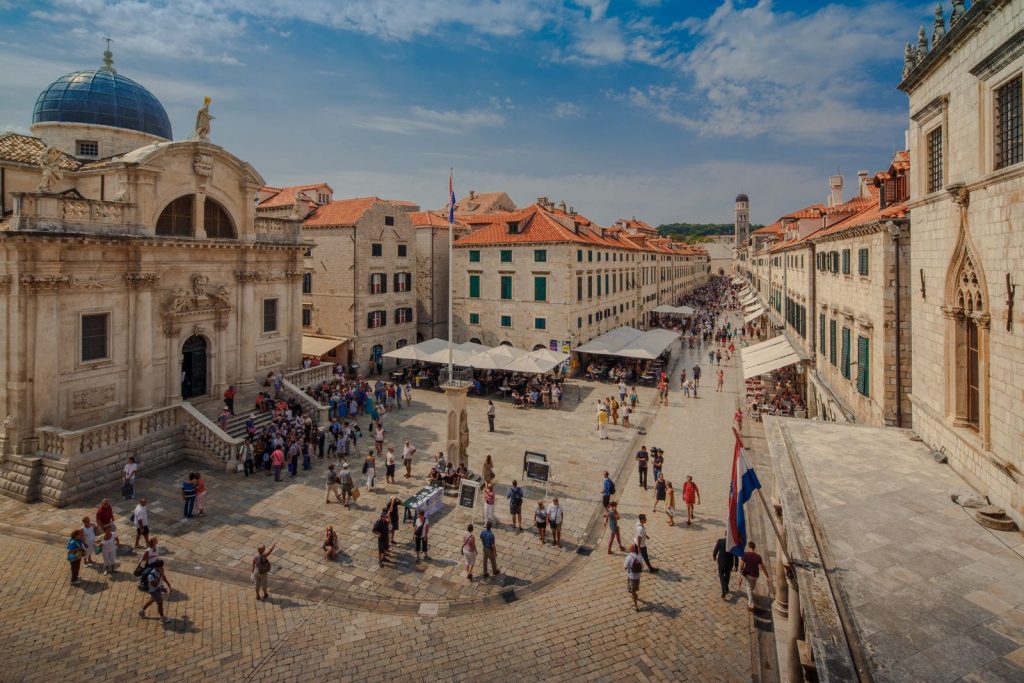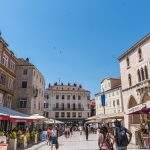The global (and ongoing) coronavirus pandemic has taken a toll on the world’s tourism and Croatian tourism, which is the country’s strongest economic branch, hasn’t been immune from the beating it has been given. The economic consequences are harsh in their nature, and for the sector that makes up 20 percent of Croatia’s GDP, is there any light at the end of the tunnel for 2020’s season?
As Poslovni Dnevnik writes on the 15th of June, 2020, the Croatian tourism sector is slowly beginning to wake up once again. Four and five-star hotels, as well as holiday homes and camps of a higher class are currently the best filled.
“The announcements are good, we’re optimistic, there are more and more reservations being made every day, new guests are arriving every day, so we’re hoping that everything will be fine,” said Ilija Turic, the director of a hotel in Opatija.
“The announcements are very good, the rate of booking has been very good. We could expect 80 percent of the realisation of last year’s traffic for July and August,” the owner of the camp Biserka Komadina stated in a clearly optimistic manner.
Currently, the Slovenes and the Germans are the most numerous campers in Croatia giving the Croatian tourism sector a much needed spring in its step, however cautious that step might be.
“There’s no fear, we’re well acquainted with the epidemiological picture in Croatia and we came without even thinking about it, we also know the situation with the camp, it has been checked,” said Franc, a guest from Slovenia.
“Everything is clean, you can always see the staff cleaning and washing the toilets, the environment… that’s very good,” said Michael, another guest from Switzerland.
The Croatian Tourism Minister, Gari Cappelli, also appeared very optimistic in front of gathered journalists in the coastal town of Opatija today.
“I’m sure at the moment, according to these first indicators, that in some counties, such as Primorje-Gorski Kotar and Istria, the results may be at the level of 40 percent,” said the minister.
The first party called “Let the party begin/Neka party počne” was held on the famous Zrće beach, and the toll on the Krk bridge will be abolished from midnight onwards. On top of that, the popular Dalmatian city of Zadar is also slowly filling up.
“It’s not very far away from Germany and there’s no coronavirus here,” said Rebecca, a guest from Germany.
In Istria, many halved their prices this weekend.
“The attendance is excellent, I can tell you that we were visited by a lot of foreign tourists, as well as domestic ones,” said Romina Celija from the House of Istrian Olive Oil.
Due to their locations, the Dubrovnik and Split areas generally depend on guests arriving by air. This is especially true for Dubrovnik and the extreme south of Dalmatia, which is cut off from the rest of the country by a small section of coastline owned by neighbouring Bosnia and Herzegovina – Neum. This involves crossing a non-EU border and re-entering Croatia once again shortly after.
Minister Cappelli predicts that stronger traffic, especially towards Dubrovnik and Split, will start up again at the tail end of this month. Whether the optimistic expectations of the minister will be fulfilled will be seen as early as the beginning of July.
For more on Croatian tourism, follow our dedicated travel page.










